Are there any opportunities in the personal finance app development market? Or is this only an unnecessarily hyped trend?
Well, Fact.MR’s reported 4.5 billion active internet users in the world. That’s 60% of the total world’s population. Over 92% access the internet through mobile phones, which makes roughly 4.3 billion users, acting as a superficial growth element for personal finance applications.
You remember how every industry was falling down, and demand was bottlenecked during COVID-19. But do you know personal finance apps witnessed a download growth of 90% during that same period?
That said, the world may be hit by recessions, epidemics, floods, or drought, but people would still need to prioritize their money management.
So, even if you build a personal finance app only for the Netherlands, you have 14.4 million prospects to target, compounding by 8.33% every year.
And it has been proven by Dyme. Amsterdam and mobile app-based startup, Dyme came up with a unique concept of personal finance (discussed in detail ahead). The app has attracted a total funding of €2.7M so far and is scaling seamlessly.
After researching Personal finance management app development, we believe any finance institution or Fintech startup can grab this opportunity. But only if they know how to navigate the whole journey.
Therefore, we strategized this awareness guide specifically for finance enthusiasts looking to enter the remunerative field of personal finance with technology. Learning took us days, but you can learn in minutes with this guide.
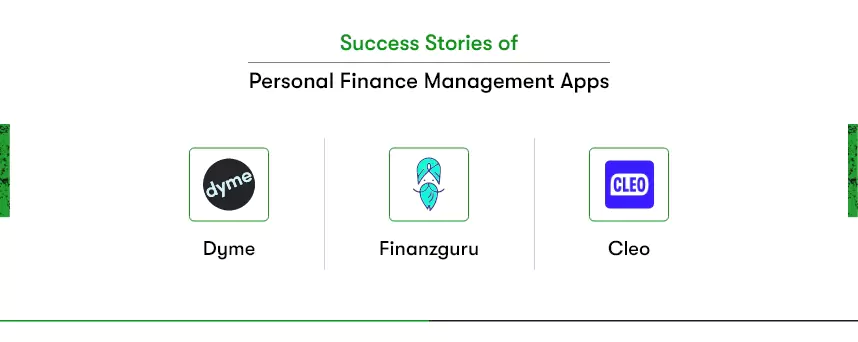
Success Stories of Personal Finance Management Apps
According to Global News Wire, the personal finance management app market is worth $1.7 billion currently, which will reach $2.2 billion by 2027. Many Fintech companies have already started leveraging this growing market, leaving their success stories behind. So, let’s learn from their stories.
Dyme, Subscription management app – Dutch
Hailing from the Netherlands, Dyme is a personal finance management app that gives users a comprehensive view of their subscriptions and recurring expenses. Offering support for both iOS and Android platforms, Dyme allows seamless synchronization with users’ bank accounts. This simplifies managing, canceling, and switching subscriptions, all within the grasp of a single click.
Available on: iOS, Android
Bank Account sync: Yes
Pricing: Subscription-based
Finanzguru – German
Germany enters the scene with Finanzguru, a personal finance app tailored to the German market. The app gives users valuable insights into spending patterns, aids in goal-oriented budgeting, and supports seamless bank account synchronization. While offering its core features for free, Finanzguru also allows users to access premium features.
Available on: iOS, Android
Bank Account sync: Yes
Pricing: Free with premium features
Cleo – London
From the bustling streets of London comes Cleo, a personal finance management app with a touch of AI-driven brilliance. Cleo combines the power of artificial intelligence with human assistance, helping users make well-informed financial decisions. With features like budgeting, expense tracking, and more, Cleo is an indispensable tool for individuals navigating the complexities of the UK financial landscape.
Available on: iOS, Android
Bank Account sync: Yes
Pricing: Subscription-based with free and premium options
Artificial Intelligence is changing the game for Fintech apps. Catch up with AI trends and use cases in Fintech apps to enhance your offerings.
How to be a Trailblazer with Personal finance management app development?
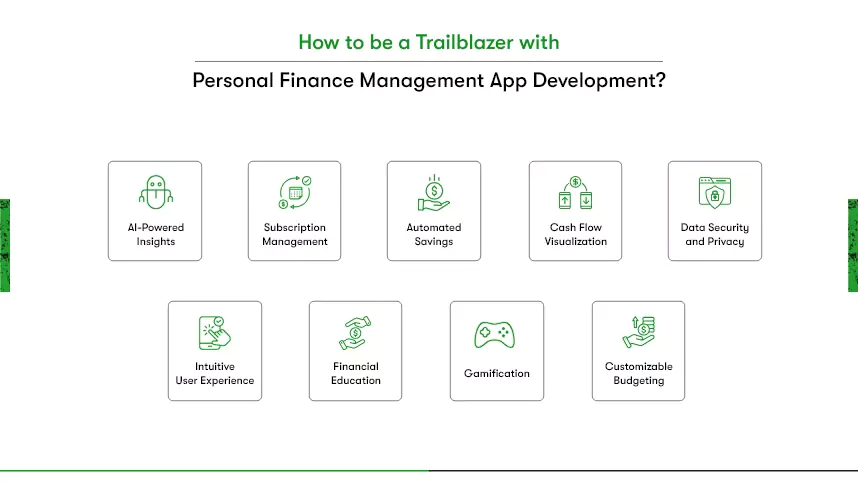
Personal finance app development has become a flashy market, attracting investors and Finance businesses to capitalize through innovative ideas. Since the market has started gaining traction, you must think out of the box to make your personal finance management app unique because it doesn’t take time for the market to become fierce.
So, here are some tips to develop a personal finance app, meet user needs, and stand out in a competitive market. Like the success stories we’ve explored.
AI-Powered Insights: Users want personalized financial advice and recommendations tailored to their specific needs and goals. Your app can use AI and machine learning to collect data about users’ spending habits, income, and financial goals and provide personalized insights and recommendations.
Subscription Management: Following Dyme’s success, focus on offering innovative subscription management features that simplify the process of tracking, canceling, and switching subscriptions.
Automated Savings: Integrate mechanisms that automate user savings, setting aside small amounts from transactions into dedicated savings accounts.
Cash Flow Visualization: Provide clear visualizations of users’ cash flows, making it easier for them to understand their financial situation.
Data Security and Privacy: Ensure robust security measures to protect users’ sensitive financial information, emphasizing privacy and compliance with regulations.
Intuitive User Experience: Prioritize a seamless and intuitive user experience across devices, ensuring easy navigation and accessibility.
Financial Education: Provide educational content and tools to enhance users’ financial literacy and help them achieve their financial goals.
Gamification: Gamify the budgeting and financial management process to engage users and make the experience more enjoyable. You can use game-like elements, such as challenges, rewards, and leaderboards, to motivate users to track their spending, save money, and reach their financial goals.
Customizable Budgeting: Allow users to create customizable budgets based on their unique financial situations and goals.
You can also use AI for fraud detection, Blockchain for security and transparency, voice AI for voice interactions, and more to make your Personal Finance App unique.

How to Develop an app like Dyme?
Developing an app like Dyme involves comprehensive research, conceptualizing features, assembling a skilled team, designing user-friendly interfaces, integrating secure payment gateways, prioritizing data security, testing rigorously, and iterating for excellence.
Let’s understand the whole process with subsequent steps.
Step 1: Carry out these 3 Fundamental Research
Market research
Understanding your target audience’s needs, preferences, and pain points is key. You must also analyze the existing personal finance app landscape to identify gaps and opportunities.
For example, Dyme’s success stems from addressing the inconvenience of managing subscriptions. You can tailor your app to resonate with users by pinpointing such underserved areas.
Technology research
Deciding on the development platform is pivotal. Research whether the app should be iOS, Android, or cross-platform using Flutter. Additionally, assess the feasibility of offering a web application. If you choose Flutter for Fintech app development, you can build Android, iOS, and web apps simultaneously.
Furthermore, Flutter is integration-friendly. So, you easily leverage third-party services like payment gateways and bank APIs in advance to offer smooth finance management.
For example, budgeting apps like Mint seamlessly integrate with various financial institutions, offering users a comprehensive experience.
Business Research
Diving deep into your app’s Unique Selling Proposition (USP) and monetization strategy is paramount. What sets your app apart? Look at Acorns—a micro-investing app that rounds up everyday purchases and invests the spare change. This unique approach attracted millions of users.
Likewise, define your revenue model—subscription, freemium, in-app purchases—and refine it based on competitor analysis and user willingness to pay.
Step 2: Strategize Personal Finance App Requirements:
Outlining app features allows you to prioritize development efforts, ensuring your app’s core functionality is rock-solid to make your app stand out in a competitive market.
Must-Have Features:
These core functionalities directly align with your app’s purpose and user needs. For example, essential features for developing an app like Dyme would be,
- Subscription Management: Centralized tracking and management of recurring subscriptions, akin to Dyme.
- Expense Tracking: Enable users to categorize and monitor their spending.
- Bank Account Integration: Connect with users’ bank accounts for real-time transaction updates.
- Budgeting Tools: Allow users to set budgets and receive alerts for overspending.
- Bill Reminders: Notify users about upcoming bills and payment due dates.
- Financial Insights: Provide basic analytics like spending trends and saving opportunities.
- Security Measures: Implement encryption, secure login, and data protection protocols.
- User Profiles: Allow users to customize their profiles and preferences.
Nice-to-Have Features:
These features enhance the user experience and differentiate your app. Think of advanced features like AI-driven spending insights or integration with emerging technologies like blockchain for enhanced security. Here are some advanced features you can add to your app requirements.
- AI-Driven Insights: Offer personalized financial advice based on spending patterns.
- Advanced Data Visualization: Present financial data through interactive graphs and charts.
- Multi-Currency Support: Useful for international travelers or users with diverse income sources.
- QR Code Scanning: Simplify expense tracking by scanning QR codes on receipts.
- Voice Commands: Enhance accessibility with voice-activated commands for app actions.
- Blockchain Security: Leverage blockchain technology for enhanced data security.
Step 3: Build your App Development Team
Developing a standout personal finance app demands more than just code; it demands the collective brilliance of experts. Hence, you must discover the power of each team member and how it can elevate your app to new heights. For example,
- App Developers are architects behind your app’s functionality, ensuring a seamless experience across platforms. So, ensure hiring skilled Flutter developers.
- UI/UX Designers act as magicians who transform complex financial tasks and data into user-friendly interfaces.
- Fintech Specialists well-versed in the intricacies of financial technology, with an understanding of Flutter’s integration potentials.
- QA Testers are guardians of quality who meticulously test every nook and cranny to deliver a bug-free app.
- Project Managers are the conductors who harmonize the team’s efforts to meet deadlines and exceed expectations.
If you have this squad, you can craft a masterpiece. However, finding and hiring each professional with relevant industry experience is not simple. But there’s a hack. You can onboard a complete crew for your personal finance app development, i.e., hiring a dedicated Fintech app development team!
This holistic approach lets you pick a team from any software outsourcing provider worldwide. However, you must validate industry expertise by analyzing their portfolio and client testimonials to avoid any challenges during the development.
Here’s the complete guide on How to find a reliable outsourcing company for hiring a dedicated team with accurate cost estimation.
Step 4: Crafting, Coding, and Perfecting Your Personal Finance App
With your dedicated team in place, it’s time to breathe life into your concept using Flutter—the versatile framework for building natively compiled apps. Here’s the seamless flow:
Design:
Collaborate to envision user-friendly interfaces—craft wireframes and prototypes for intuitive navigation.
Code:
Leverage Flutter’s power to transform designs into responsive and smooth-running app components. And build beautiful apps for Android and iOS without worrying about UI consistency.
Rigorous Testing:
Lastly, thoroughly examine every aspect, addressing bugs or glitches for a seamless user experience.
As your expert team flawlessly synchronizes design, coding, and testing, your personal finance app inches closer to reality. With Flutter’s capabilities, your app will be robust and visually engaging, offering users a genuinely exceptional financial management tool.
How much would it Cost to Develop an App like Dyme?
When envisioning an app like Dyme, it’s crucial to understand the investment required for its development. The personal finance app development cost ranges from $30,000 to $100,000, depending on crucial factors.

Let’s delve into the key factors that influence the cost while emphasizing how Flutter can be a strategic advantage:
Development Team Composition and Skills:
The expertise and size of your team play a significant role. Hiring experienced Flutter developers reduces the cost and ensures optimal app performance.
App Complexity and Feature Set:
The complexity of features, such as subscription management and data visualization, impacts development hours. Flutter expedites the process with its unified codebase for multi-platform deployment.
Platform (iOS, Android, Web):
With Flutter, you can target multiple platforms using a single codebase, effectively saving development time and cost compared to native app development.
Integration with Third-Party Services:
Integrating with third-party services like payment gateways adds functionality but requires time and expertise. Flutter’s extensive package ecosystem can streamline such integrations.
Ongoing Maintenance and Updates:
Maintenance is an ongoing investment to ensure your personal finance app’s performance and security. With Flutter’s efficient updates, managing your app post-launch is cost-effective.
So, basically, incorporating Flutter can be a strategic cost-saving move. Its cross-platform capabilities help reduce development hours and costs for maintaining separate codebases.
If you are interested in a neo-bank and Fintech app like N26, here’s a detailed cost analysis to make an app like N26!
How does Kody Technolab help you in Personal Finance App Development?
At Kody Technolab, we understand the intricacies of both Flutter app development and fintech innovation. As a leading Flutter and FinTech app development company, we offer a gateway to a dedicated team of experts.
Through our flexible engagement models, you can hire skilled Flutter developers who are not just well-versed in Flutter’s capabilities but also possess deep fintech insights. Their expertise ensures your personal finance app not only meets but exceeds industry standards.

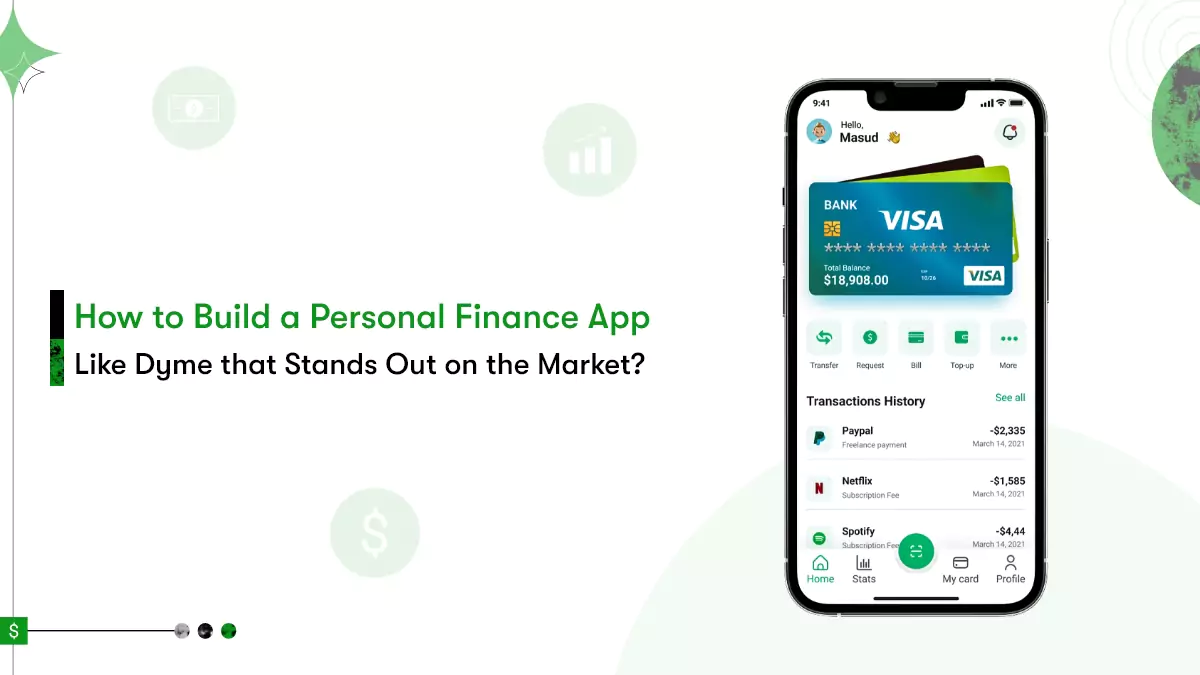
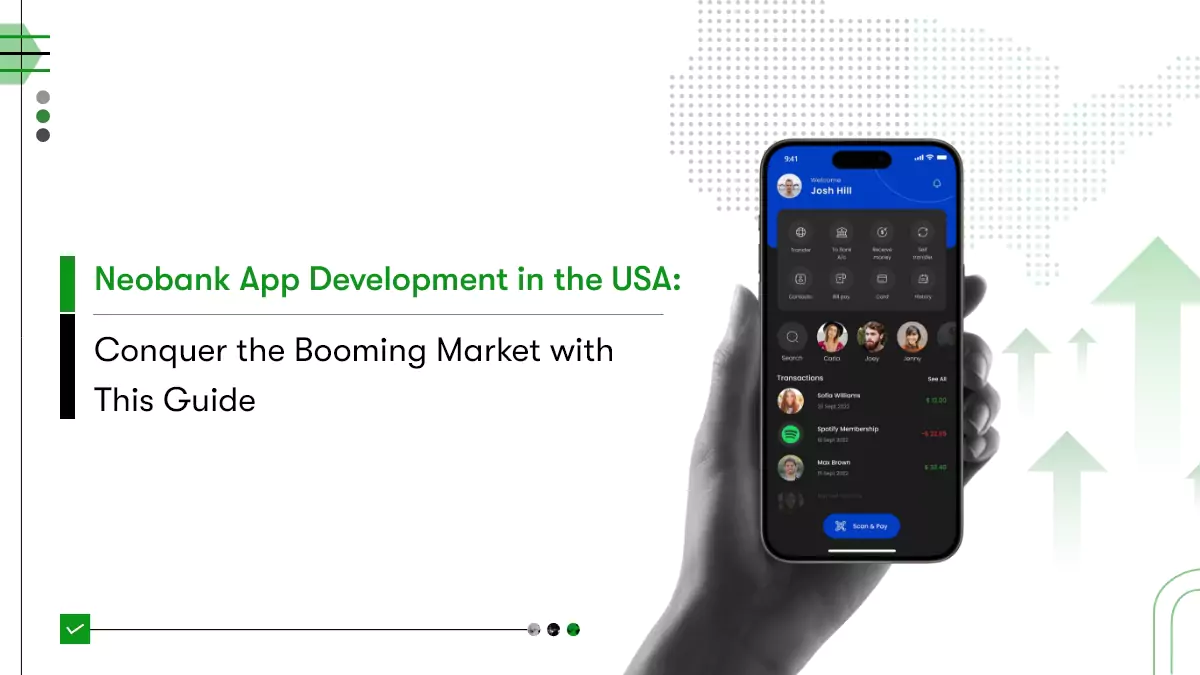
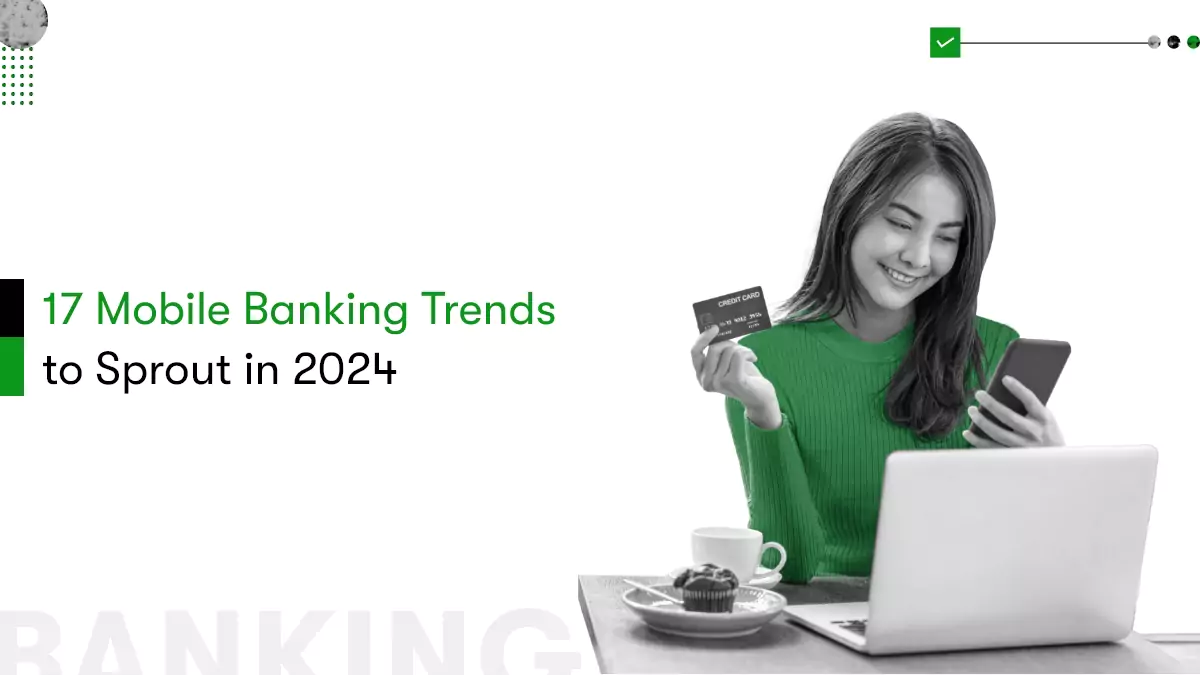
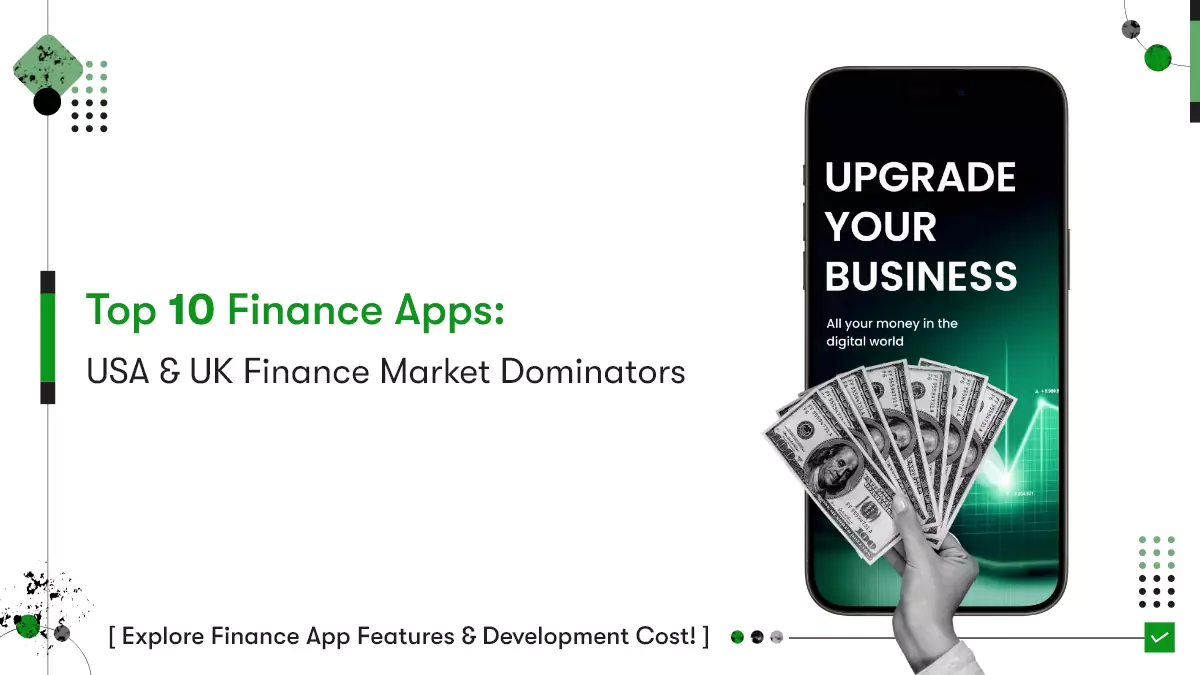
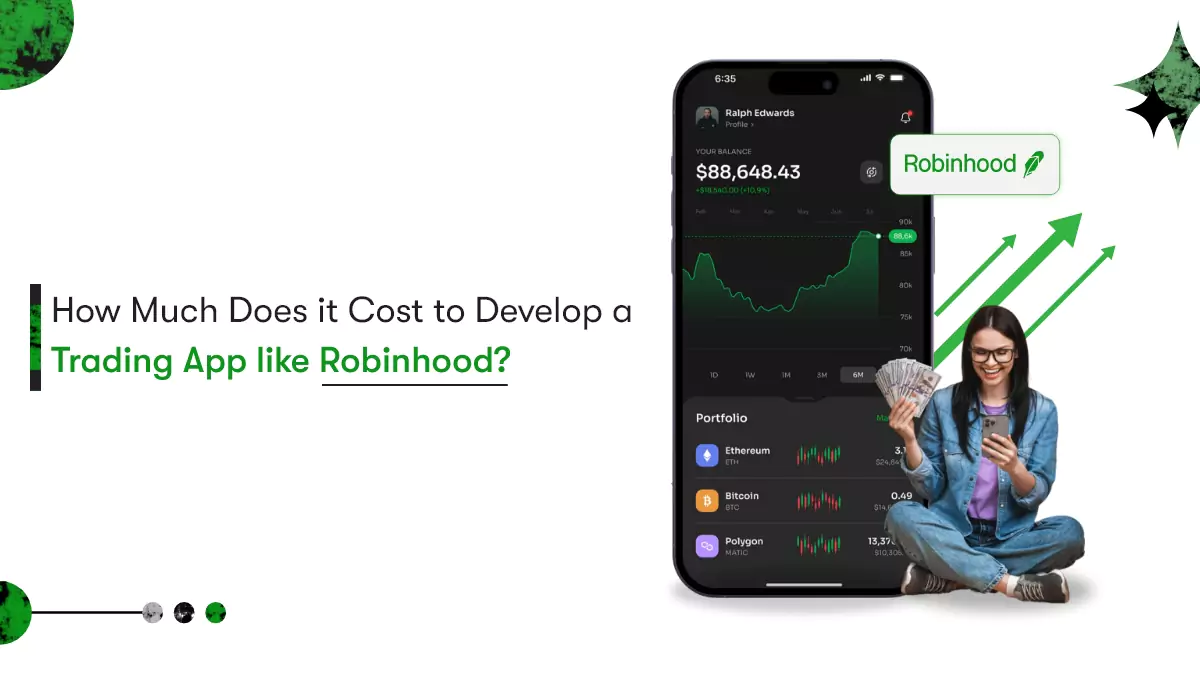






 Contact Information
Contact Information